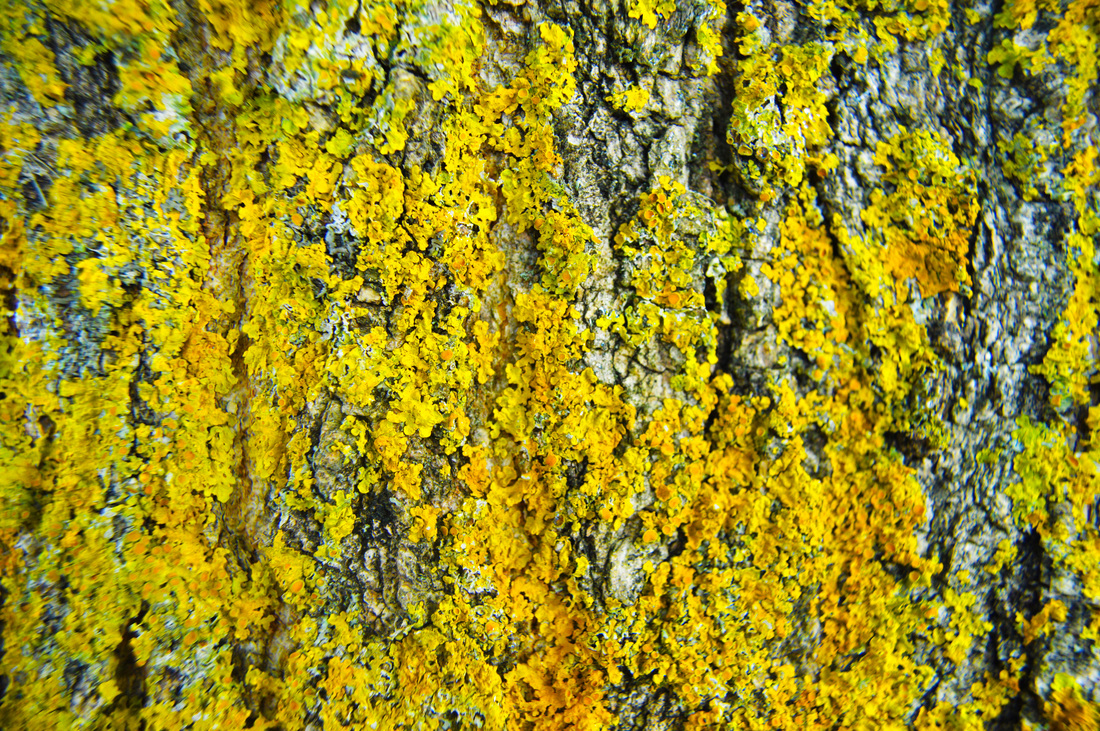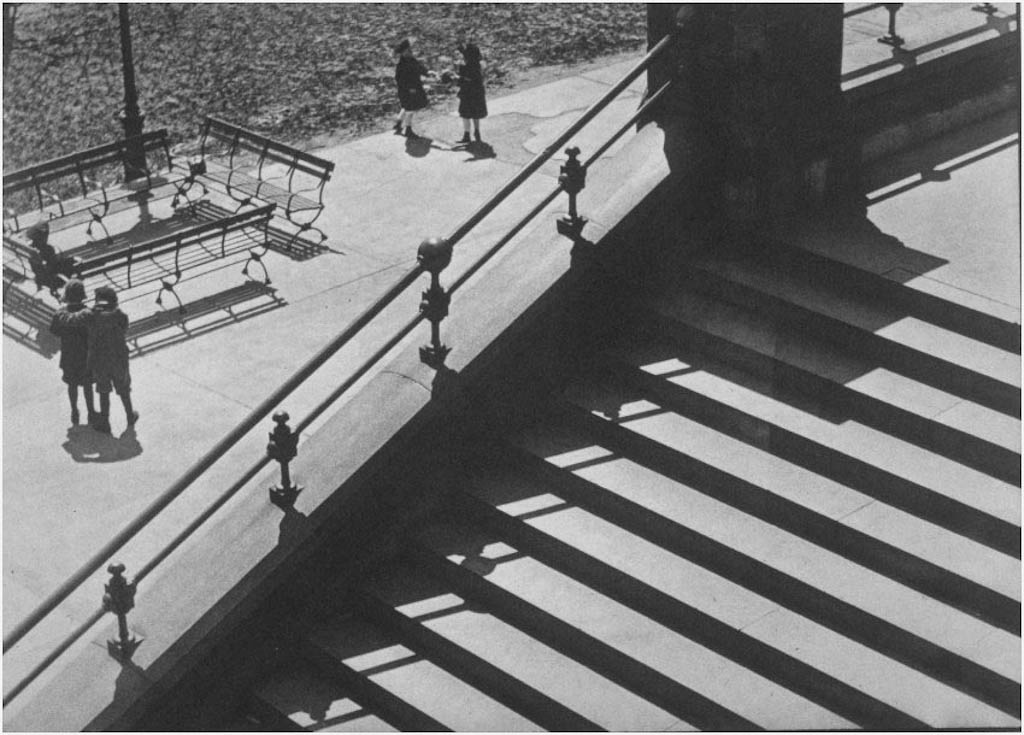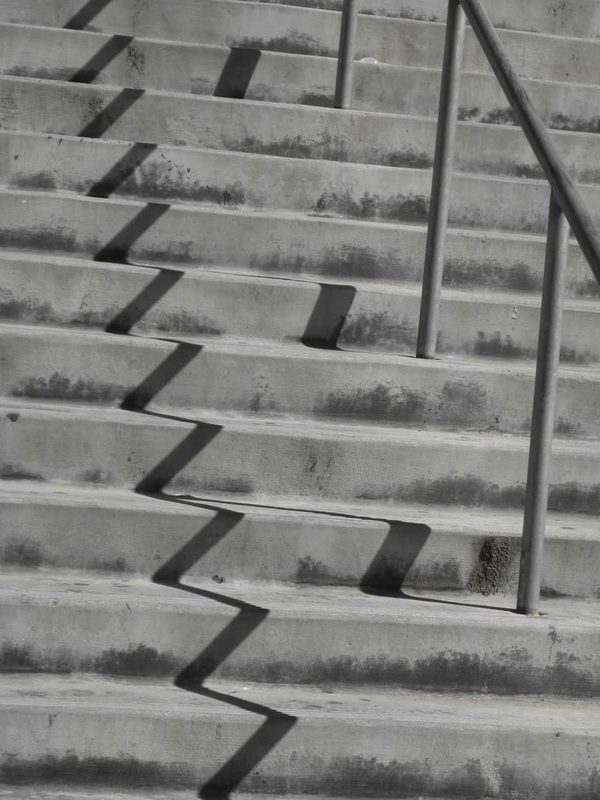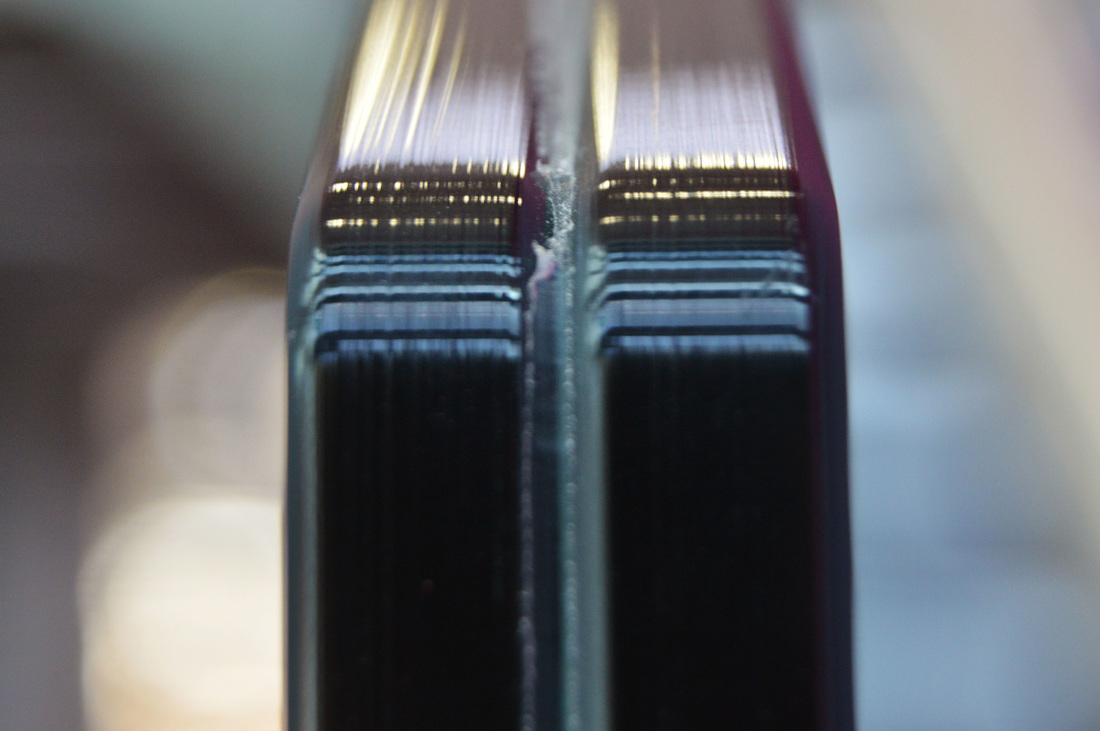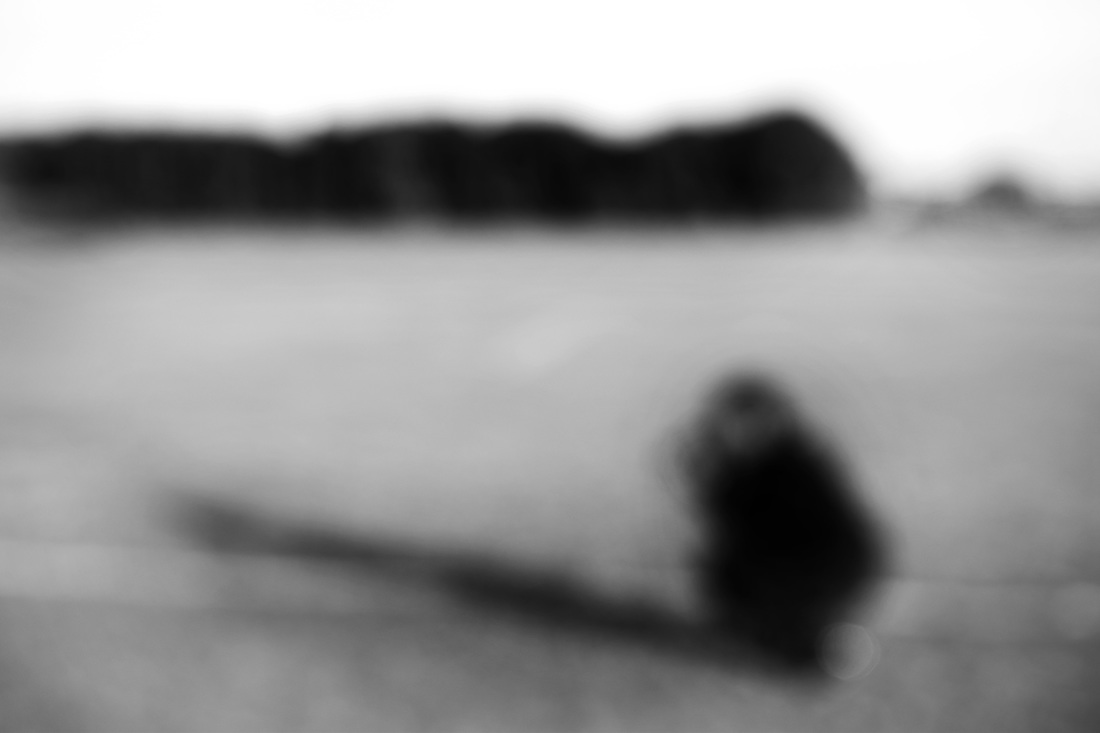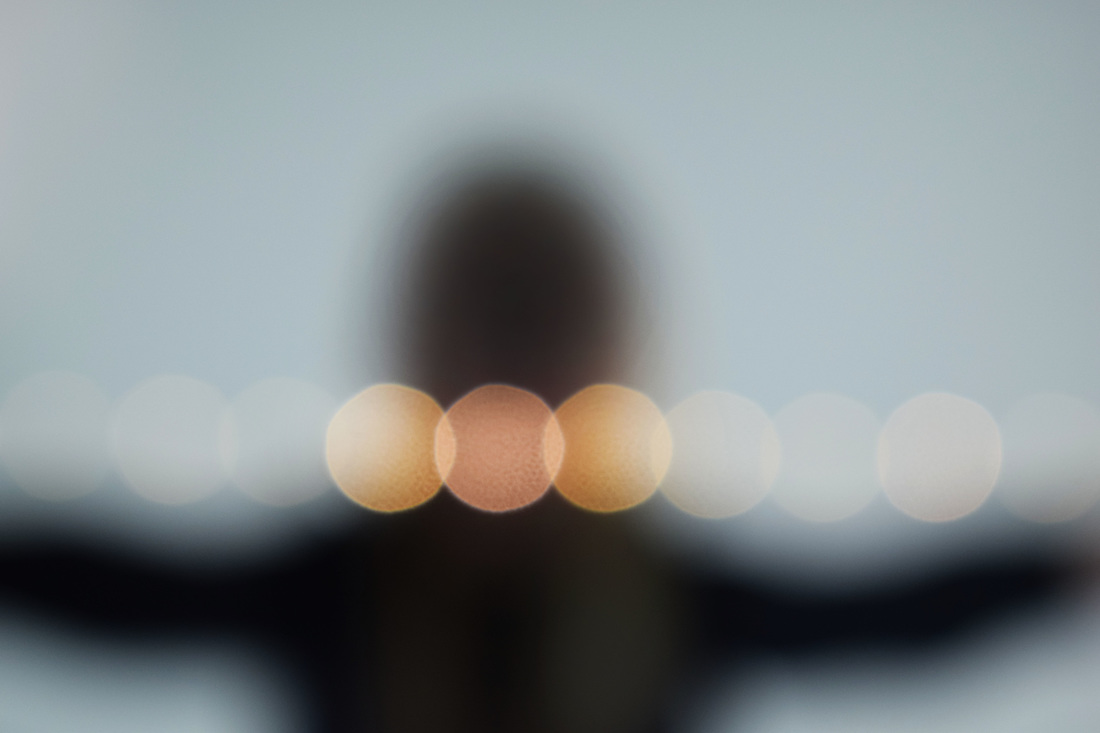Abstract Photography
Abstract photography is mainly seen as concentrating on shape, color, pattern and texture. The viewer is often unable to see the whole object that the photographer is capturing in the image. The main subject of the photo is often only a small part of the idea of the overall image itself. Those viewing the image may only know the essence of the photo subject or understand it by what is implied by what they can see.
Often the image will not be a literal view of the subject itself. The main subject matter tends to be disguised by lighting or patterns also in the photo making the subject second to seeing for the viewer. The abstract movement tends to bring out some of the following aspects in the majority of successful photos that have been displayed.
Symmetrical and geometric Patterns are commonly produced by lighting or reflection, although objects within the image itself can create an abstract image as well, however these can also sometimes be produced by manipulation. Perspective plays a huge role in abstract photography, as the photographer experiments with the depth of field in the image enhancing textures depending on the proximity, linking back to the main subject being hidden in the image itself due to the angle of the photograph itself. Color and tonal variation also play a large part in the abstract movement, the use of bright colors that contrast one another enhance the overall image creating the abstract feel. However in contrast to this a simple black and white image can also have the same effect if constructed appropriately.
In abstract photography there are dimensions rarely seen in other images. Focus can create a conceptual feel of abstract by isolating parts of the subject through the use of blur. Bokeh, is a frosted-focus effect created by control of the Depth of field.
The other dimension is movement blur.
It is possible to make an interesting abstract photograph of anything, it just depends on the aspects you consider when taking it,most of which are highlighted above. Examples include, the angle of the photo and the lighting within it, the shapes of the subject that you are considering and also the colour and tonal variation of the image.
Paul strand
Labled as one of the most influential abstract photographers of his time, paul strand who was born in 1890 New York City helped establish photography as an art form in the 20th century. His diverse work collection which spanned over six decades, covers a range of different genres and subjects throughout mainly America and Europe, however additionally moved onto look at Africa.
The American artist had a long and productive career in photography. His studies of the 1910s, followed by machine photography in the 1920s helped publicise the canon of early America in the modernism movement.
Later In the 1930s, Strand became involved with documentary film. From the 1940s until his death, he was committed to producing photographic books. During the later part of his life he relocated to France, where landscape, architecture, and portraiture continued to inspire Strand due to the difference in scenery and social life there. To this day there is still high regard for his mature work, suggesting that he succeeded in his goals, and his standards of constancy of subject matters reflected the publics outlook on life in a century of radical change.
in a result carving out the path for American modernism, creating and developing the way that documentary photography is practiced today. He was and still to this day is a fundamental figure in the recognition of photography as an art form, dedicating his entire life to the movement and its different outlooks. Over the course of his career, he proved himself to be an amazing portrait, still life and abstract photographer, but also a main figure in the establishment and development of photography books, a committed political activist and an instituter in the field of motion pictures.
Abstract photography is mainly seen as concentrating on shape, color, pattern and texture. The viewer is often unable to see the whole object that the photographer is capturing in the image. The main subject of the photo is often only a small part of the idea of the overall image itself. Those viewing the image may only know the essence of the photo subject or understand it by what is implied by what they can see.
Often the image will not be a literal view of the subject itself. The main subject matter tends to be disguised by lighting or patterns also in the photo making the subject second to seeing for the viewer. The abstract movement tends to bring out some of the following aspects in the majority of successful photos that have been displayed.
Symmetrical and geometric Patterns are commonly produced by lighting or reflection, although objects within the image itself can create an abstract image as well, however these can also sometimes be produced by manipulation. Perspective plays a huge role in abstract photography, as the photographer experiments with the depth of field in the image enhancing textures depending on the proximity, linking back to the main subject being hidden in the image itself due to the angle of the photograph itself. Color and tonal variation also play a large part in the abstract movement, the use of bright colors that contrast one another enhance the overall image creating the abstract feel. However in contrast to this a simple black and white image can also have the same effect if constructed appropriately.
In abstract photography there are dimensions rarely seen in other images. Focus can create a conceptual feel of abstract by isolating parts of the subject through the use of blur. Bokeh, is a frosted-focus effect created by control of the Depth of field.
The other dimension is movement blur.
It is possible to make an interesting abstract photograph of anything, it just depends on the aspects you consider when taking it,most of which are highlighted above. Examples include, the angle of the photo and the lighting within it, the shapes of the subject that you are considering and also the colour and tonal variation of the image.
Paul strand
Labled as one of the most influential abstract photographers of his time, paul strand who was born in 1890 New York City helped establish photography as an art form in the 20th century. His diverse work collection which spanned over six decades, covers a range of different genres and subjects throughout mainly America and Europe, however additionally moved onto look at Africa.
The American artist had a long and productive career in photography. His studies of the 1910s, followed by machine photography in the 1920s helped publicise the canon of early America in the modernism movement.
Later In the 1930s, Strand became involved with documentary film. From the 1940s until his death, he was committed to producing photographic books. During the later part of his life he relocated to France, where landscape, architecture, and portraiture continued to inspire Strand due to the difference in scenery and social life there. To this day there is still high regard for his mature work, suggesting that he succeeded in his goals, and his standards of constancy of subject matters reflected the publics outlook on life in a century of radical change.
in a result carving out the path for American modernism, creating and developing the way that documentary photography is practiced today. He was and still to this day is a fundamental figure in the recognition of photography as an art form, dedicating his entire life to the movement and its different outlooks. Over the course of his career, he proved himself to be an amazing portrait, still life and abstract photographer, but also a main figure in the establishment and development of photography books, a committed political activist and an instituter in the field of motion pictures.
